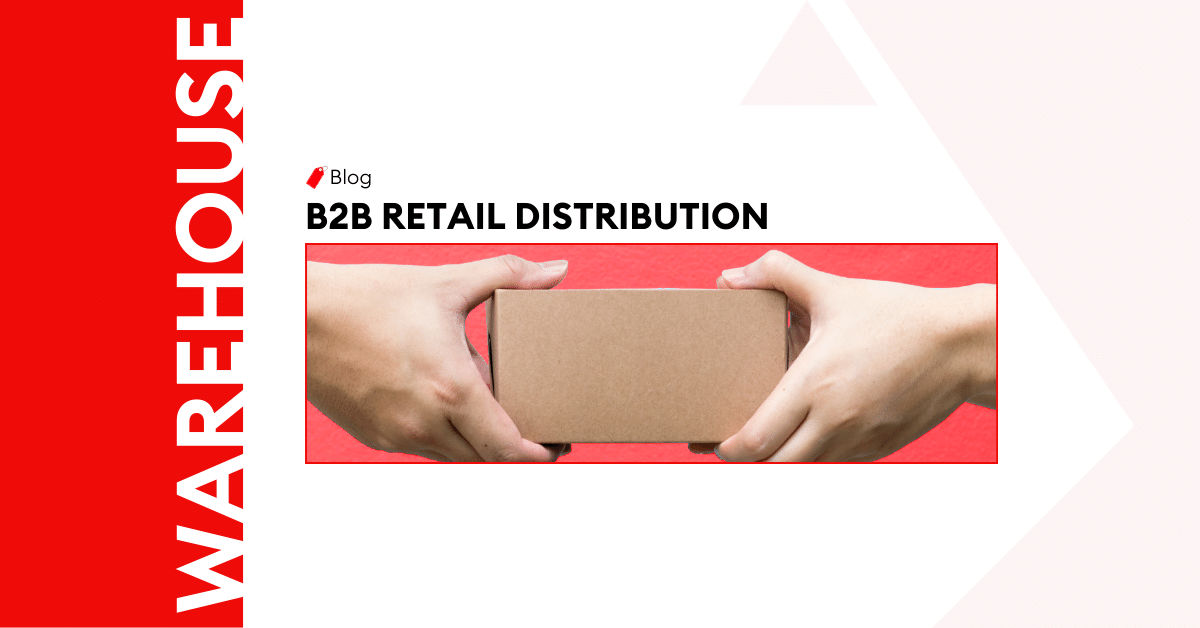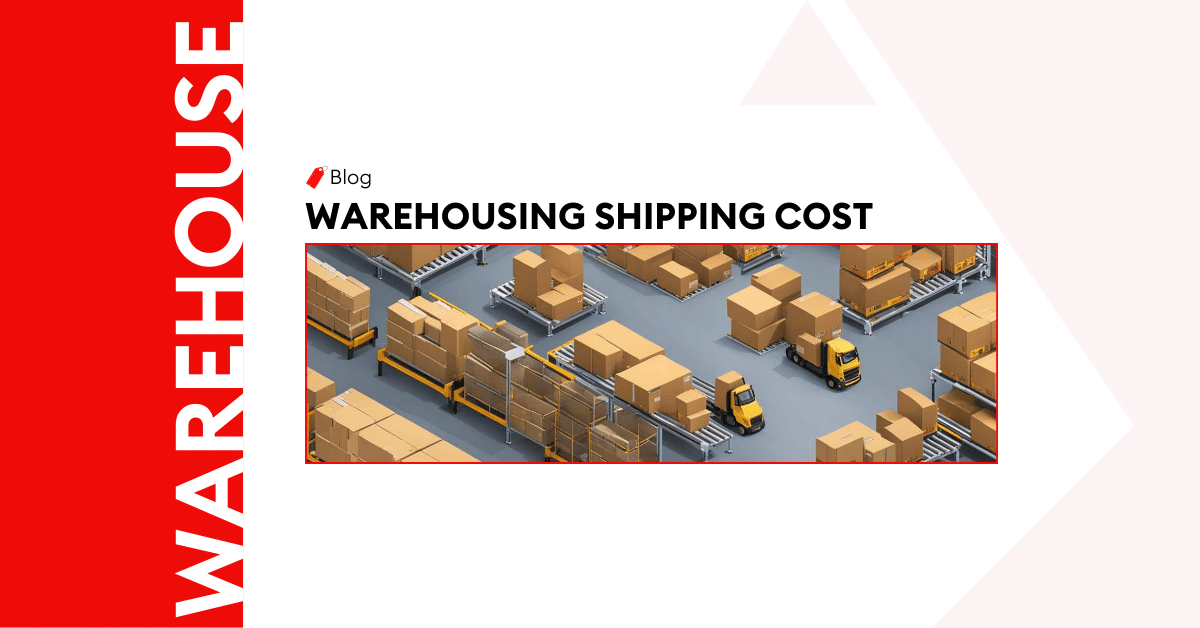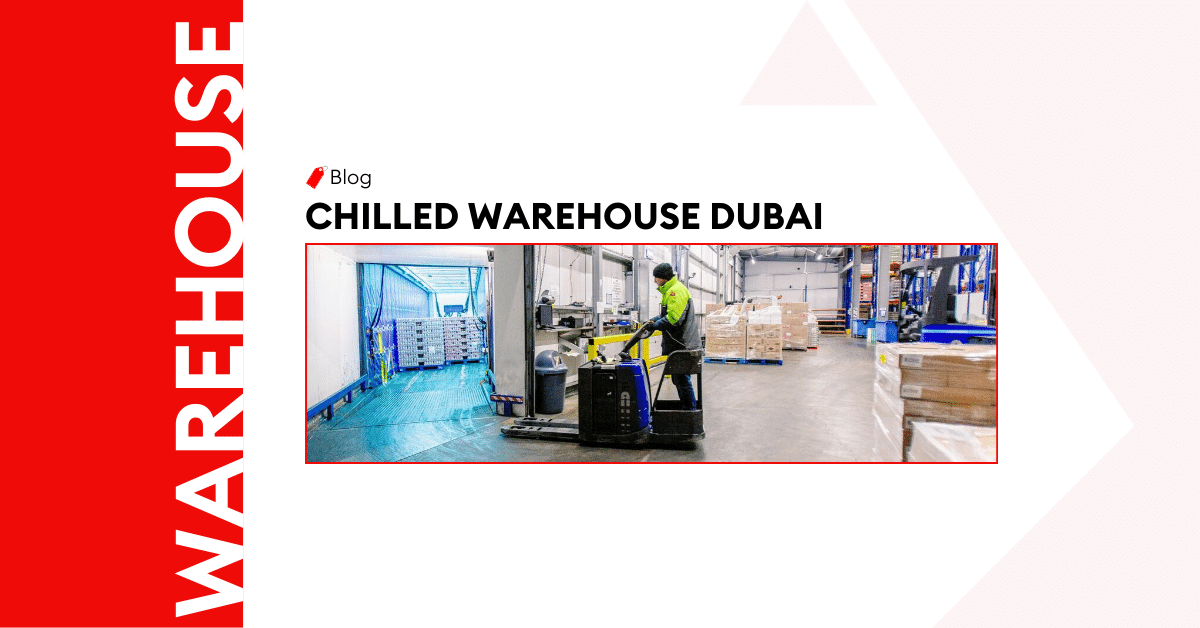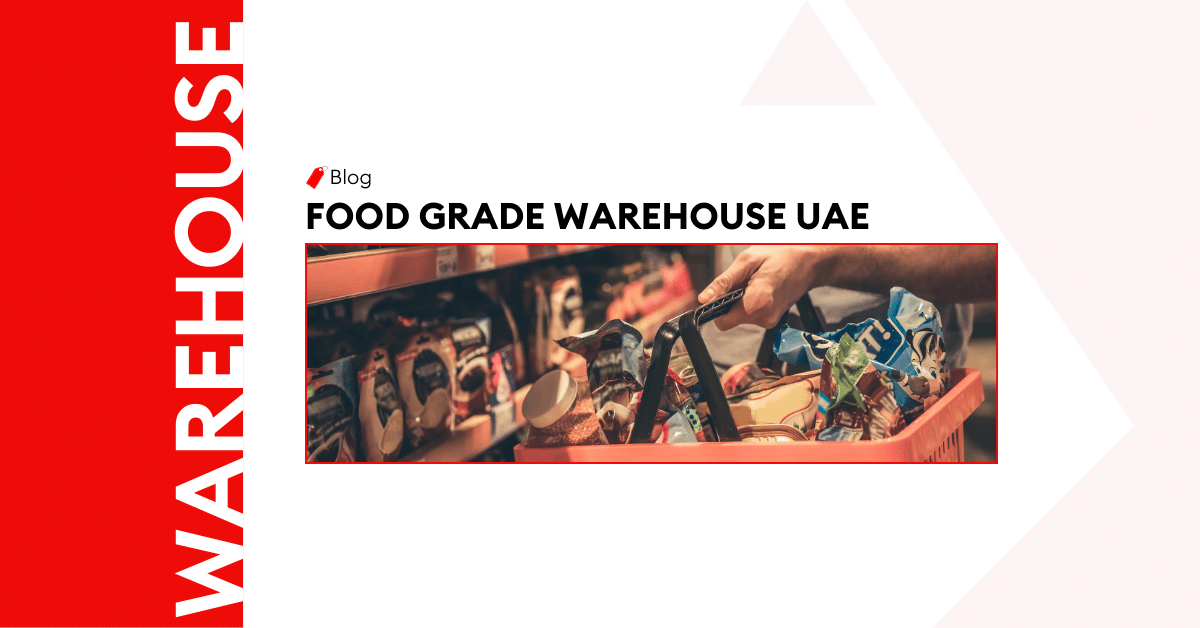
7 Key Components of Good B2B Retail Distribution
In this article, we will look at the fundamental components of excellent retail distribution from a supply chain perspective.
Each component has an impact on the retail distribution, and following them can make the supply chain process more effecient. No matter if the final destination is to supermarkets, hypermarkets, or any other place, these components will play a critcal role.
Let’s see what these components are:
7 Major Components of Good Retail Distribution
The components of retail distribution help to explain what distribution activities and processes are carried out in a retail supply chain. There are 7 major components mentioned below:
- Planning is the main ingredient in retail distribution management
- Forecasting is the key to solving the future concern
- Sourcing is a big deal in B2B retail distribution
- Scheduling is a backbone in the distribution process
- Inventory management plays a vital role
- Empower your business with better logistics
- Procurement goes straight to head
Let’s break them down:
Planning Is The Main Ingredient In Retail Distribution Management
Retail management planning is the process of planning a product from raw goods to end-user. Supply planning, production planning, demand planning, sales planning, and operations planning are all part of it. Planning works like this:
Effective Demand Planning can boost cash flow, predictive accuracy, align inventory levels with demand peaks and troughs, and increase profitability for a specific channel or product. It is the process of forecasting demand to ensure that products can be delivered on time.
The Supply Plan determines how to best meet the demands generated by the demand plan. The purpose is to balance supply and demand to meet the enterprise’s financial and service objectives.
Production Planning is concerned with a company’s production and manufacturing functionalities. It takes into account worker, resource, and production capacity.
Sales And Operations Planning is a weekly integral part of the distribution process that enables management to focus on key retail distribution components such as sales, marketing, demand management, manufacturing, inventory management, and new product launch.
Forecasting Is The Key To Solving The Future Concern
Forecasting is a technique for estimating a product’s market expectations. However, the projection’s strength is determined in great part by the quality and quantity of data, the methods employed to calculate the projection, and the experience applied.
It also includes inventory management, but it extends well beyond that. Distribution managers must consider the responsibilities of each vendor, supplier, transportation provider, and internal supply chain when forecasting demand.
Forecasting is a crucial component of supply chain management, regardless of the chaotic aspects introduced by outside influences. It is the finest platform for optimizing inventory decisions, establishing inventory levels, and planning your supply chain for the next quarter or year.
Predicting is not the same as forecasting. It is sometimes necessary to consider how much merchandise your suppliers can supply. There are three types of forecasting.
Supply Forecasting: It examines data about your suppliers – whether they offer finished goods or parts that are assembled further down the supply chain – and estimates how much product they will have available and when. This helps to assess how much can be purchased and delivered in a given time frame.
Demand Forecasting: It assesses how much goods your customers are expected to demand over the duration of a week, month, or season. This information enables companies to retain a sufficient quantity in stock — enough to meet customer orders but not so much that time, money, and effort are squandered handling surplus or outdated inventory.
Price Forecasting: It evaluates supply and demand statistics to forecast how each component would affect pricing. Effective pricing forecasting assists businesses in predicting when essential price increases or cuts may have an impact on customer demand.
Sourcing Is a Big Deal In B2B Retail Distribution
It is a matter of striking a balance between the quality of goods and raw materials required and their pricing. The less money you spend, the more money you’ll make. From product planning to locating the best people to purchase those things from, through the many transportation methods involved from sourced provider to consumer, creating a systematic pipeline to acquire these items and deliver them to customers will keep your sales process operating smoothly. You need to do these steps in sourcing.
Market Research: There are several methods for conducting market research and acquiring customer data, but you do not have to limit yourself to just one. Surveys, interviews, focus groups, and consumer observation are some main factors of market research procedures.
Selecting A Supplier: Another essential factor to consider when evaluating suppliers is the possibility of competitive distinction. Using a specific supplier that has a favorable brand image with your customers may offer a great chance for product differentiation, perhaps leading to the consumer preferring your product over others.
Securing A Supplier: Developing strong connections may assist sourcing experts to improve their ability to fulfill your budget, time-to-market, and quality targets, while also helping suppliers to more effectively adapt and deliver items to exact customer specifications.
Considering Outsourcing For Good: Many businesses outsource the task so that they may concentrate their efforts on other sectors. This allows them to concentrate on what they do the most. They remain focused on their core skills, while allowing suppliers to perform how they do it best.
Establishing Standards: Strategic planning is a body of knowledge that may assist enhance productivity and reducing costs for retail distributors trying to optimize the performance of today’s complex supply networks. To stay competitive and relevant in today’s unpredictable marketplaces, it’s critical to use the most effective cutting-edge tools. Strategic sourcing may have a significant impact on the supply chains of all types of enterprises.
Scheduling Is A Backbone In The Distribution Process
The goal of production scheduling is to optimize an operation’s efficiency while minimizing its expenses. The goal of scheduling in manufacturing is to save production time and cost by informing a manufacturing facility when and with whom to create a product. Scheduling is the process of converting project action plans for scope, time cost, and quality into an operational timetable. For this purpose we need to understand these points:
Inventory Reduction: Within a manufacturing business, inventory may take on a variety of distinct identities depending on who is looking. There are a plethora of methods for reducing inventory. For instance: reduce demand fluctuation, increase forecast accuracy, re-evaluate service levels, resolve capacity issues, reduce order quantities, supplier lead times, manufacturing lead times, improve supply dependability reorganize the supply chain, reduce the number of things and do away with dubious methods.
Reduced Scheduling Effort: A Work Breakdown Structure (WBS) activity can help to reduce scheduling efforts and Rolling-Wave Planning allows you to plan and schedule only the portions of the project that you know enough about to plan effectively.
Increased Production Efficiency: Efficiency is beneficial to every business. It makes no difference whether your organization is a manufacturer or a service provider. Sometimes the tiniest strategic and operational improvements have the greatest results. More efficient production may help decrease costs, enhance throughput, and reduce environmental impact on a general level.
Labor Load-Leveling: Level loading is often referred to as production leveling or production smoothing. It is a strategy for decreasing unevenness in operation, which leads to less waste. It was critical to the growth of any company’s manufacturing efficiency.
Accurate Delivery Date Estimation: In a complex supply chain, providing an accurately predicted delivery date to the consumer is difficult. It necessitates taking into account a variety of elements such as inventory levels, geography, holidays, estimated future demand, and so on.
Inventory Management Plays A Vital Role
Inventory management involves having the correct stock at the right levels, in the right place, at the right time, and the right cost and value. Controlling and managing purchases — both from suppliers and consumers — maintaining stock storage, controlling the quantity of merchandise for sale, and order fulfillment are all parts of inventory management. It includes:
Asset Management: It refers to the process of creating, employing, maintaining, and selling assets in the most cost-effective way possible. The phrase is most typically used in finance to describe persons or businesses, who manage assets on behalf of individuals or other businesses.
Inventory Valuation: Inventory stock is an asset for a company, and it must have a financial worth to be recorded on the balance sheet. Inventory valuation is an accounting method used by businesses to determine the value of unsold inventory items while generating financial statements.
Inventory Visibility: Inventory visibility is the ability to show your clients and business contacts what you have in stock. Also, if your customer desires it, where and how to obtain it. Increasing inventory visibility may benefit your supply chain, enhance efficiency, meet customer demand, and other factors.
Empower Your Business With Better Logistics
Logistics is part of the total supply chain. The total supply chain is a network of companies and organizations that generate and distribute items through a series of procedures, including logistics. Best practices in logistics differ based on the nature of the business and its product choices.
Integration Of Information: The concepts of information integration and information sharing are necessary to assure that information flows efficiently across the supply chain. Information integration has a somewhat good association with operational success and a low positive relationship with strategic performance.
Transportation: The moving of goods from one site to another is referred to as transportation trade. It is classified as a logistics sub-unit. Companies ship their goods by land, air, or sea. It’s a function separated into three major areas in which a firm must operate, and it’s sometimes referred to as transportation logistics.
Inventory: Inventory is the accounting of goods, component materials, and raw materials used in manufacturing or sold by a corporation. There are four forms of inventory: raw materials/components, Work in Progress (WIP), completed items, and Maintenance, Repair, and Operation (MRO).
Warehousing: Warehousing is indeed a critical component of the logistics management system. It involves packing and shipment of the order as well as storage for the finished products. Efficient storage delivers significant economic benefits to both the business and the customers.
Material Handling: Material handling refers to the transportation, storage, management, and protection of materials, products, and packaged items during the manufacturing, distribution, and disposal processes.
Procurement Goes Straight To Head
Procurement encompasses all activities involved in getting the products and services that an enterprise needs to support its everyday operations, such as sourcing, negotiating terms, purchasing things, receiving and inspecting goods as needed, and keeping records of all phases in the process.
Sourcing For Supplies: It involves identifying suppliers and establishing their potential to deliver the highest quality and cost for goods or services. While this step may appear simple, it is critical to select reliable vendors with whom you can start a long-term bilateral collaboration.
Sealing Contracts: Contracts also include more than just pricing. The breadth of the entire project – terms and conditions, and delivery deadlines – should all be considered. Examining former contracts is an excellent approach to see where you can cut expenses and save revenue.
Negotiating Prices: Negotiate the best price and terms for the product through competitive bidding from suppliers. With their quotes and then direct negotiations, communicate requirements and set expectations.
Compose The Purchase Order And Choose A Payment Method: When you execute a purchase order, you are instructing the finance staff to release the information to the supplier. They will then have access to all of the critical information that they require. You’ll have a specified number of days to make the payment, depending on what you agreed to in your contract. We urge that you pay your invoices as soon as they arrive. This will serve you well and build a strong rapport between the two of you.
Maintain Invoices Record And Audit Data: When a supplier gets a Purchase Order(PO), the sender will receive an invoice with the agreed-upon pricing and payment instructions. This should include the order data on the invoice. It’s worth mentioning that this step in the purchase process is now frequently automated through invoice automation. Always maintain a record of when the order was delivered concerning when it was ordered. In this manner, you can keep track of whether your provider is meeting their delivery deadlines.
Hence if you are in distribution, you should consider the above components for an efficient distribution
Our customer service team is happy to assist you with planing your next booking.

Related Articles
Optimize Warehousing, Fulfillment and Shipping Cost
In today’s fast-paced business environment, efficient distribution and shipping play a crucial
Frozen and Chilled Storage Warehouse in Dubai
Dubai’s hot climate means efficient storage is a prominent concern for manufacturers and selle
Keeping Your Food Safe with Food Grade Warehouse in Dubai
Currently, the United Arab Emirates (UAE) relies on other countries for the bulk of its food supplie







Post a comment
You must be logged in to post a comment.